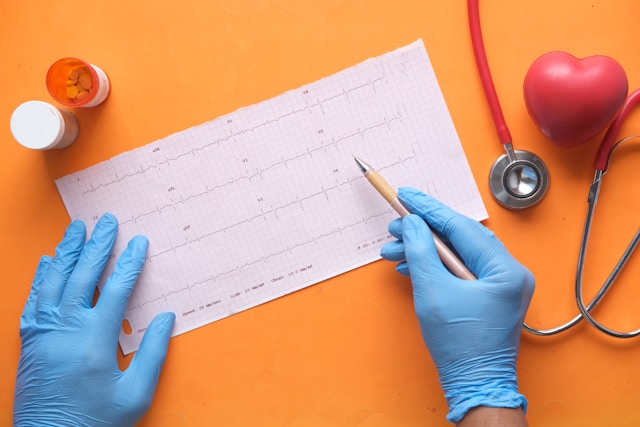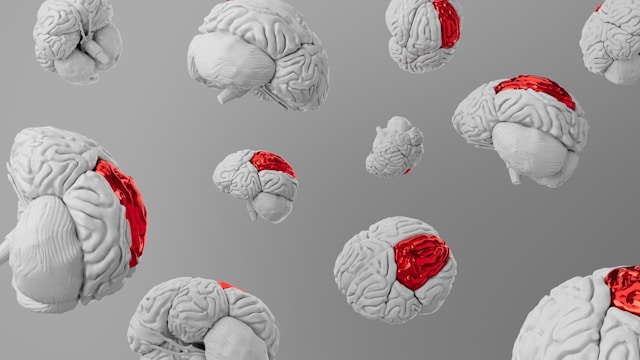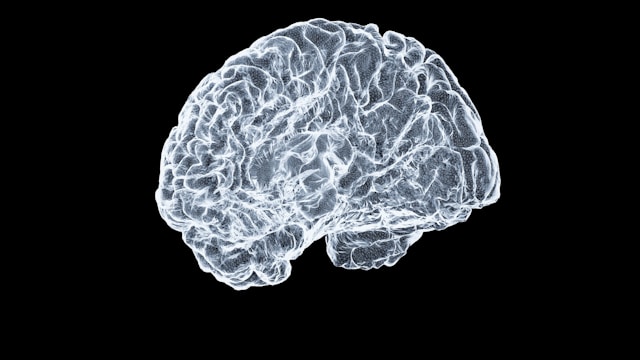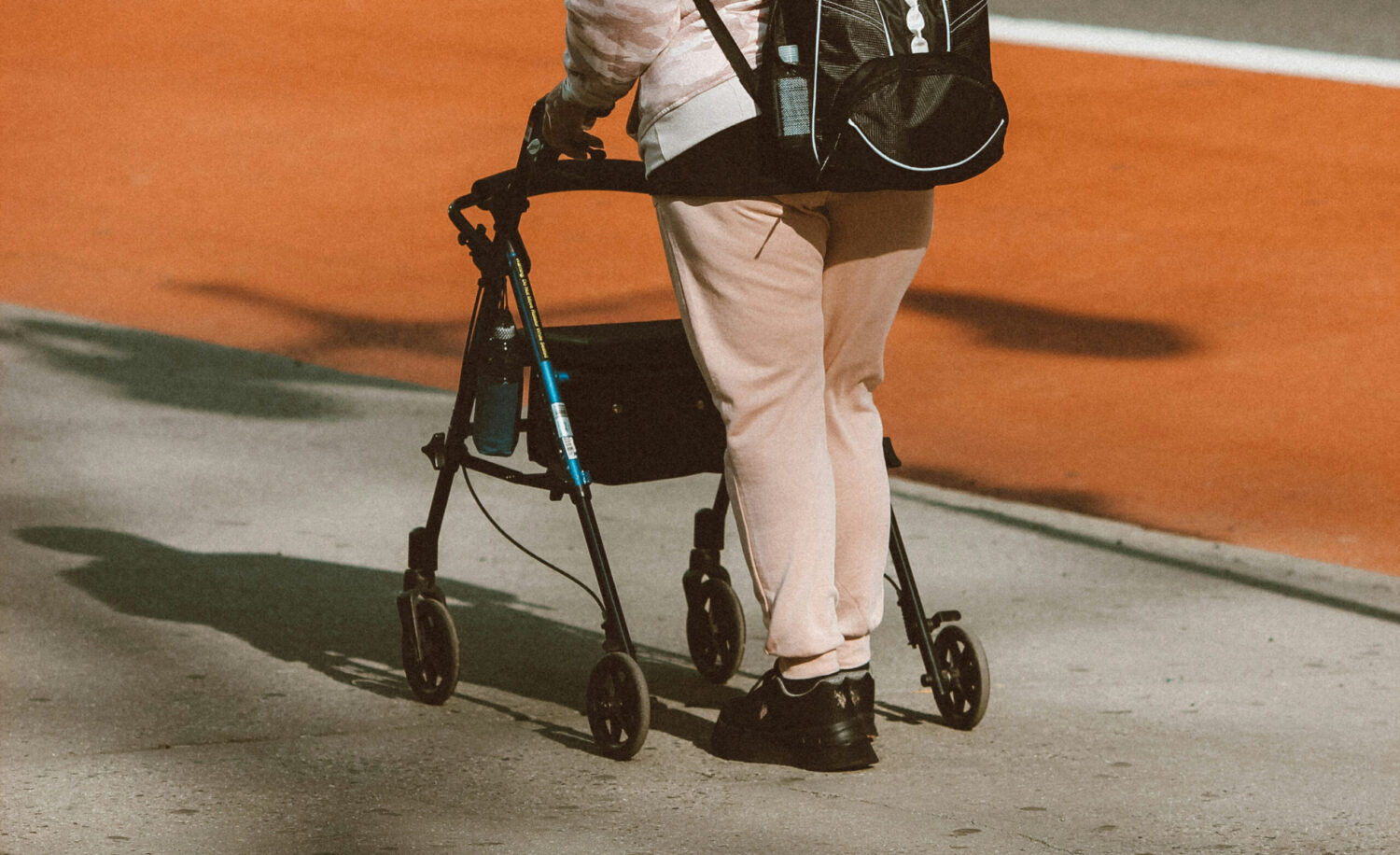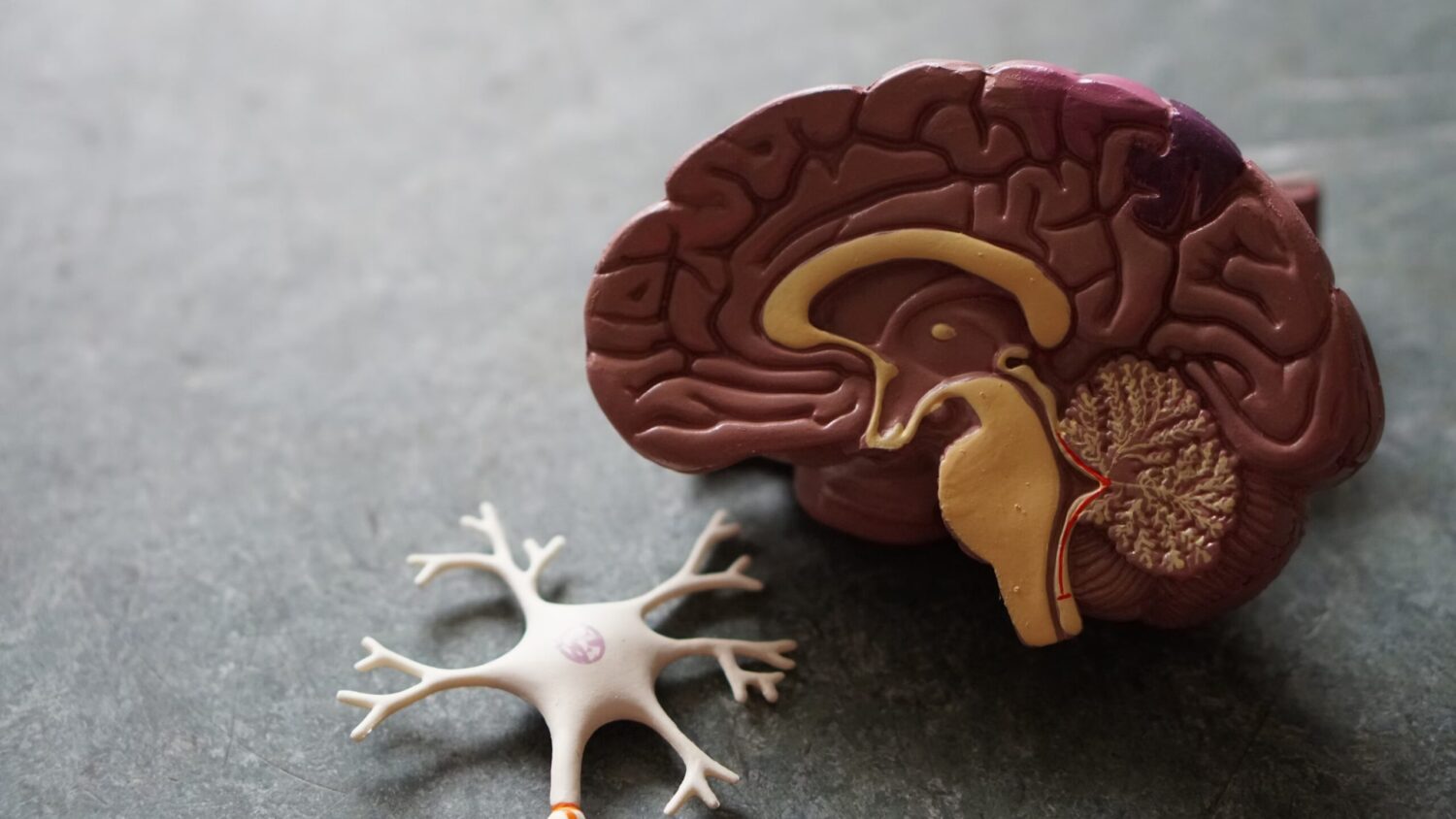Registered on ClinicalTrials
A.A. BELKIN, V.A. BELKIN, I.E. VASILCENKO, E.A. PINCHUK
ANO "Clinical Institute of the Brain", Sverdlovsk region, Berezovsky, Russia
Link to the study here
Place of publication:
a journal of neurology and psychiatry named after S.S. Korsakova, 2024, T. 124, No. 4
Summary:
Purpose of the study. Assessment of the effect of the pharmacological modulation of the rehabilitation process with Mexidol with a rehabilitation component of the rehabilitation treatment of cognitive-emotional disorders in patients who have undergone acute cerebral deficiency (scenario) due to acute cerebrovascular impairment or cranial-brain injury. Material and methods. A randomized intervention prospective study was carried out, which consisted of 5 visits. Patients are divided into main groups (OG, N = 30, received standard therapy and Mexidol in/B 500 mg/day 10 days with the subsequent prescription of the drug Mexidol Forter 250, orally, 1 tablet 3 times a day 8 weeks) and comparison (GS, N = 30, received only standard therapy for 66 days). Results. The OG has a comparable to the HS improvement of cognitive functions (p <0.001) (in both groups, improving the results of the Schulte test according to the criteria “Effectiveness of Work” and “The total execution time”, on the Moca scale (for visit 5 - 23.8 ± 2, 6 and 22.9 ± 3.0 points, p = 0.227)). The significant superiority of the OG over the GS is shown in terms of such indicators as a decrease in the severity of anxiety (HADS scale), a visit 4 - 2.6 ± 2.4 versus 4.4 ± 2.4 points (p = 0.004), and depression (Beka scale) , visit 3 - 7.5 ± 4.5 versus 11.4 ± 5.6 points (p = 0.005). The tendency of the superiority of the OG according to muscle power (MRC scale), a visit 4 - 3.3 ± 5.1 versus 2.1 ± 2.2 points (p = 0.051) and the level of vital activity (according to RM), a visit 5 - 2, 9 ± 0.7 versus 3.3 ± 0.6 points (p = 0.053). The statistically significant increase in the mobility of the patients of the OG compared to the GS (the difference in the values of the Rivermid index is 5 - 10.3 ± 2.8 and 8.0 ± 2.8 points, p = 0.006), the average increase in the Rivermide index for visits 5 - 5.4 ± 2.1 versus 3.4 ± 1.6 points (p <0.001). The decrease in the points of the consequences of intensive care (Pets) in both groups was revealed, the statistically significant decrease in the severity of Pits in relation to the previous visit was revealed only in OG (p <0.001). The OG also determined the best, compared to control, indicators of the dynamics of systolic velocity of cerebral blood flow and overshoot coefficient. The study did not record undesirable phenomena (nya). Conclusion. A positive modulating effect of Mexidol was demonstrated with respect to accelerating the restoration of tolerance to cognitive loads, improving the psycho -emotional background by reducing symptoms of anxiety and depression and secondary improvement of motor rehabilitation results in the early recovery period in patients who suffered the scenes, including with Pets manifestations. During the study, Nyu and significant differences in vital functions are not registered, which indicates the comparable safety of therapy in OG and HS. Keywords: acute cerebral failure, Mexidol, ethylmethylhydroxypyridine succinate, Bek scale, modulating effect, Mexidolneuro2023.
